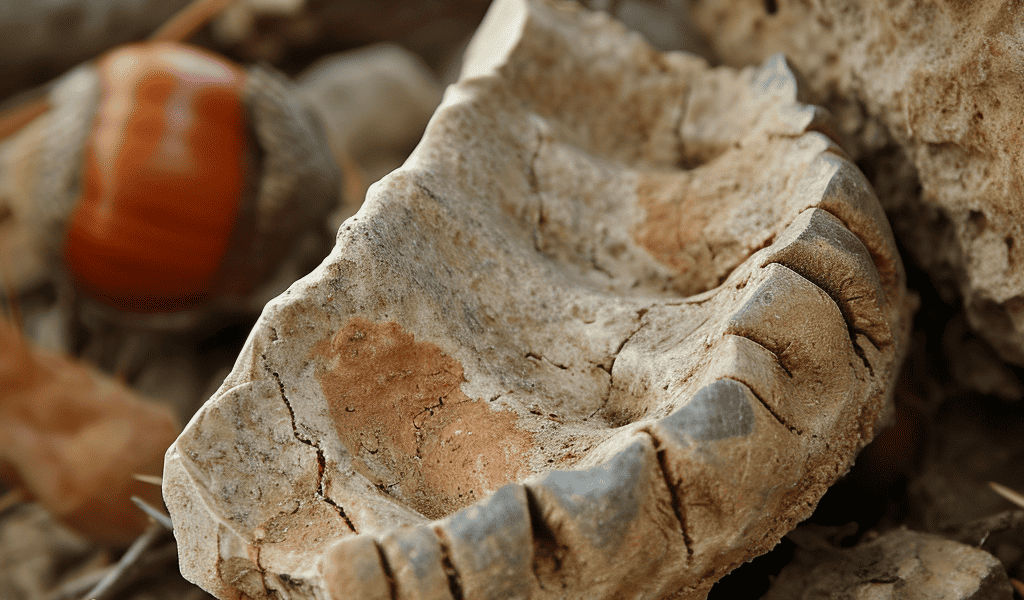Recent research conducted by a team of scientists has shed light on the oral health of Stone Age individuals in Scandinavia. The study, published in Scientific Reports, presents the findings of a metagenomic analysis of chewed pitch dating back to the Mesolithic era, revealing insights into the oral microbiome of ancient populations.
The analysis focused on three pieces of chewed pitch discovered at Huseby Klev, Sweden, dating back to 9,890–9,540 years before present. The results of the metagenomic profile unveiled an oral microbiome characteristic of the Mesolithic period, including the presence of opportunistic oral pathogens. Upon comparison with healthy and dysbiotic microbiome datasets, the researchers identified an increased abundance of periodontitis-associated microbes. Furthermore, machine learning models indicated a probability of 70–80% for the presence of dysbiosis.
Notably, the analysis also revealed DNA sequences from various eukaryotic species such as red fox, hazelnut, red deer, and apple, providing valuable insights into the diet and material use of the ancient individuals. These findings not only indicate poor oral health during the Scandinavian Mesolithic but also highlight the potential of pitch pieces in providing information on material use, diet, and oral health of ancient populations.
The Scandinavian Peninsula became accessible to humans following the melting of the Weichsel ice sheet, with evidence of sporadic human presence dating back to around 16,000 years before present. However, it wasn’t until approximately 10,000 years ago that the earliest human DNA from the Scandinavian Peninsula was discovered. The Early Mesolithic sites in the region have offered insights into the material culture and lifestyle of ancient populations, contributing to our understanding of demography, mobility, social relations, technology use, and subsistence strategies.





